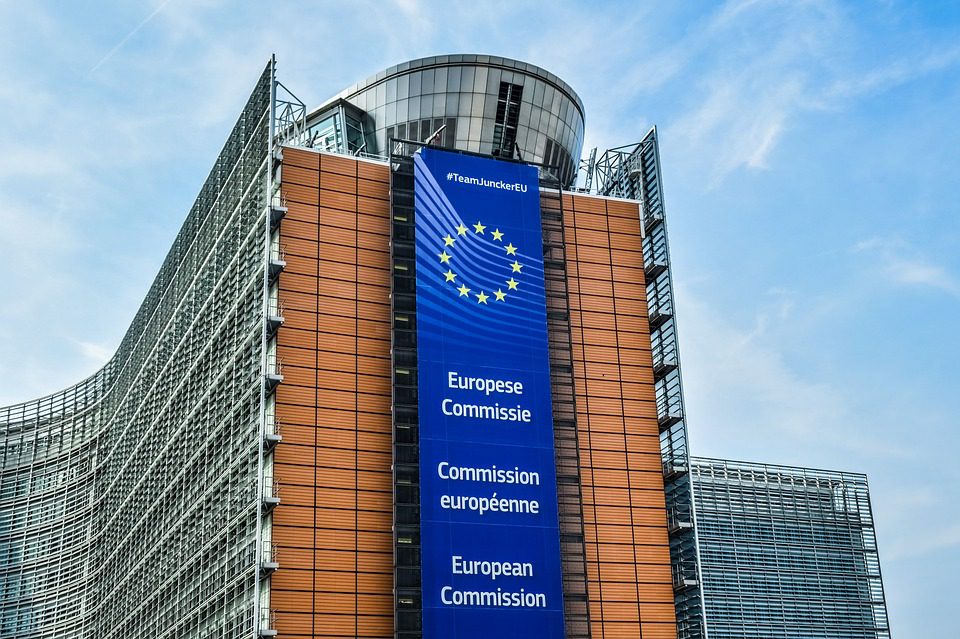The European Commission has put forward a proposal for a Brexit Adjustment Reserve, following on from the initial European Council plan for a reserve that was announced in July.
The Commission’s proposal for a reserve was put forward on Christmas Day. A commission statement that day noted that the purpose of the reserve is to counter the “adverse economic and social consequences” – at the end of the transition period on December 31 – in the member states and sectors that are worst affected, even with a EU-UK trade deal.
As agreed in the EU budget – the Multiannual Financial Framework (MFF) – the reserve will have a budget of €5 billion.
According to the commission, the reserve will cover expenditure in any member state for a period of 30 months, and will be distributed in two rounds.
The first of these will see the vast majority of the €5 billion paid out through pre-financing in 2021, calculated on the basis of the expected impact of the end of the transition period on each member state’s economy, taking into account the relative degree of economic integration with the UK, including trade in goods and services.
The second round will see a smaller tranche of additional support in the year 2024 in the case that member state expenditure as a result of Brexit exceeds the amount of funding initially allocated.
The commission’s proposed regulation will now have to be formally adopted by the European Parliament and the European Council.
